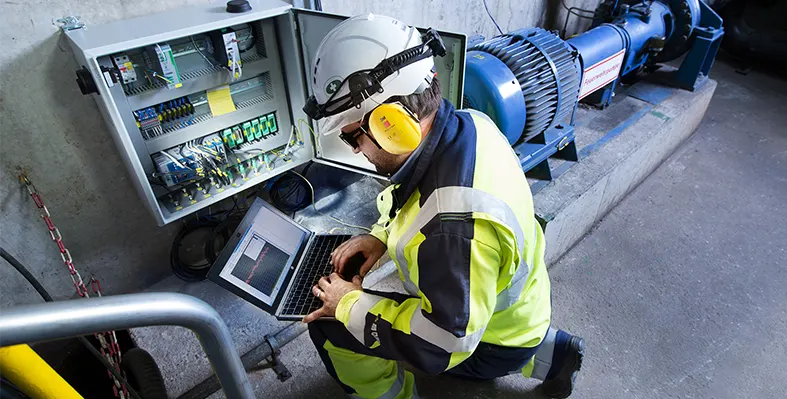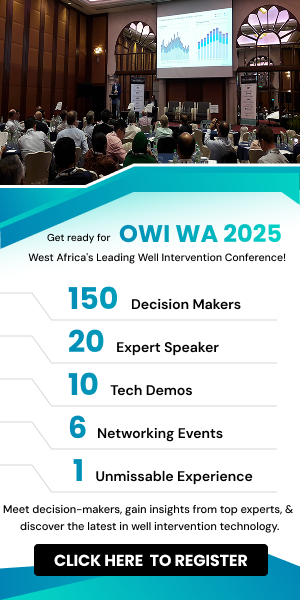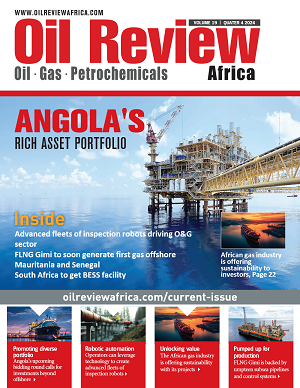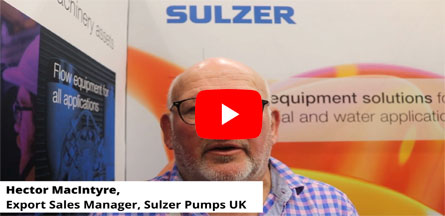
Africa's LNG sector poised for growth (IMAGE SOURCE: Adobe Stock)
Africa’s glut of new energy projects will find a ready global market, with natural gas demand set to grow in the coming years, despite industry pressures to curb emissions
Natural gas remains the “crucial bridge in the energy transition”, according to analysts at Wood Mackenzie, suggesting that demand in key markets like Asia and Europe will continue to expand even in the face of renewable alternatives.
Major gas export projects in the planning or underway in Africa include vast LNG export schemes off Mozambique, Tanzania, as well as Senegal and Mauritania.
While the world is increasingly turning to renewables, natural gas remains fundamental to meeting global energy needs and reducing emissions in the medium term, Wood Mackenzie states in a report (The Bridge: Natural Gas's Crucial Role as a Transitional Energy Source).
“Gas demand has surged by 80% over the past 25 years, now meeting almost a quarter of the world's energy needs,” said Massimo Di Odoardo, ,vice president of gas and LNG research at Wood Mackenzie.
“Its success lies in the scale of global resources, low production costs, ease of storage and dispatch, and comparative environmental advantages.”
Electrification, increasingly delivered by renewable power sources, can only move so fast, the report states, while the adoption of emerging low-carbon technologies, such as hydrogen, is too slow to achieve net-zero emissions by 2050.
With coal still accounting for 30% of the world’s energy needs, shifting to gas as a transition fuel is a compelling option, the report adds.
Gas produces only half the carbon dioxide (CO2) of coal and 70% of oil when burned, and generates considerably less pollution, making it the cleanest fossil fuel option.
“In China and India…gas demand is still expected to grow by almost 100 bcm through to 2050 in the power sector,” said Di Odoardo.
Africa’s gas production is currently concentrated in Algeria, Egypt, Nigeria and Libya.
But the next decade will be characterised by the emergence of a stream of new exporters, notably Mozambique and Tanzania on the eastern coast, with easy access to Asian markets, and Senegal and Mauritania on the western flank, closer to Europe.
In January 2025, BP announced first gas production from its Greater Tortue Ahmeyim (GTA) Phase 1 project off Senegal and Mauritania, part of a 2.3 million tonnes per annum (mtpa) LNG export scheme.
Other new gas production is also anticipated in traditional producer states like Nigeria, Congo, Gabon and Equatorial Guinea.
While Africa’s glut of projects will still face pricing pressure from competitors, notably Qatar in the Middle East, as well as the USA and Australia, diversification of supply remains important to global gas buyers.
These include the emergence of local buyers too, with South Africa currently exploring options to import LNG at a proposed site in Richards Bay.
Read more:
FLNG Gimi receives feed gas from GTA project offshore Mauritania and Senegal
McDermott leads Mozambique LNG expansion
Can the East African Ruvuma Rufiji gas basin help quench growing global LNG demand?




































































